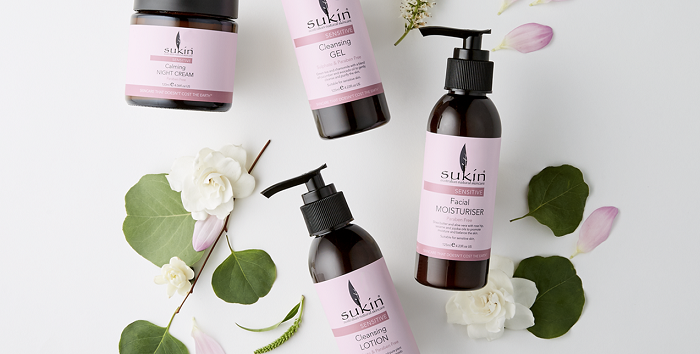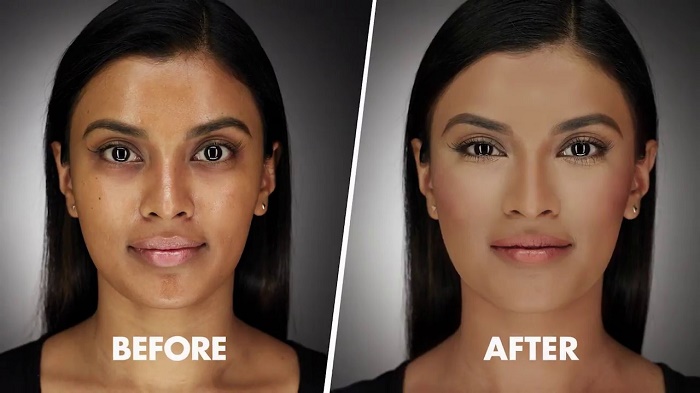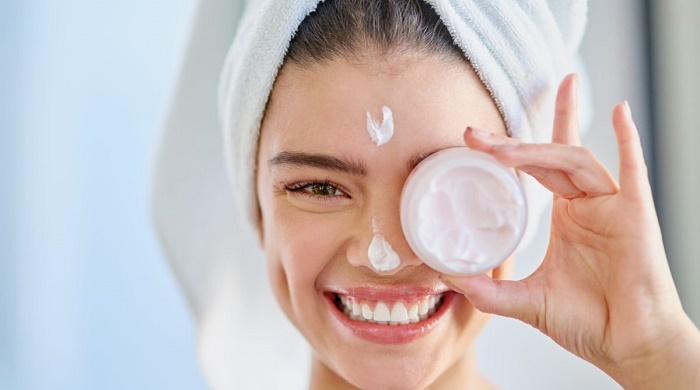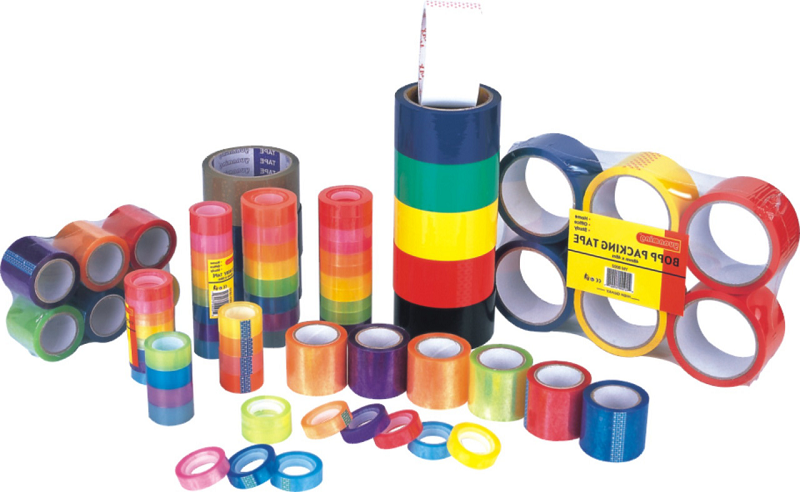Oily Skin: The Basics of Skincare
If you’re no stranger to a shiny face (mind you, not in a positive sense) and not just the T-zone which turns out that much worse in photos, then you’re familiar with the troubles of oily skin.
Clogged pores, blackheads, pimples and the exaggerated amount of sebum may be a constant sight you’ve come to get accustomed to, perhaps along with acne, and yet they still affect you more than you want, shaking up your confidence but don’t worry, you’re not alone.
The Products
The solution is simpler than it seems so that should bring you your confidence back and it revolves around the choices you make skincare-wise. This means you should carefully choose the products you use, making sure you buy skincare for oily skin.
This is essential because any product that’s not suitable, and most of all isn’t made from natural ingredients, like bamboo charcoal known for its purifying properties, willowherb and aloe vera ideal for revitalising and refreshing the skin, and instead is full of chemicals then you risk overly drying your face.
The point of using the products is to get the sebum production under control and not entirely drying it out because it’s essential for the protection and hydration of the skin which leads us to the importance of setting up a routine.

The Routine
To make the most of your skincare for oily skin it’s best to use them as needed based on the routine. For instance, it’s advisable to use cleansers or fragrance-free glycerine soap at least twice daily, when you start the day and call it a day preferably.
This is bound to help you reduce the amount of oil as well as remove the dirt, bacteria and pollutants that easily find their way on your face; remember to never go to sleep with makeup on!
Once this is done, it’s great to apply a toner as it’s efficient with the removal of bacteria or oil left after the cleansing and moreover because it’s ideal for balancing the skin’s pH. While it’s best to avoid alcohol based astringent toners, natural astringent such as witch hazel is acceptable.
Mind you though, not every skin reacts the same way to it, so before implementing it in your routine it’s good to first check whether it causes you irritation by applying it on a small patch on your face; Irritation leads to more sebum!

The next step is to gently dry the face using a soft towel and if you can try to exfoliate at least twice a week so as to remove the build-up of dead skin cells responsible for breakouts. To help soothe the skin don’t forget the moisturiser!
Sure, since your skin is oily you’re probably afraid of using moisturisers altogether but when you choose one that’s oil-free you’ve got nothing to worry about. Last but not use a facial mask every now and then, natural-based one of course, like clay, to reduce the greasy glow.







